This museum immerses students in U.S. history: ‘You can smell it, touch it, see it
Share
Explore Our Galleries
Breaking News!
Today's news and culture by Black and other reporters in the Black and mainstream media.
Ways to Support ABHM?
By Cory Turner, NPR
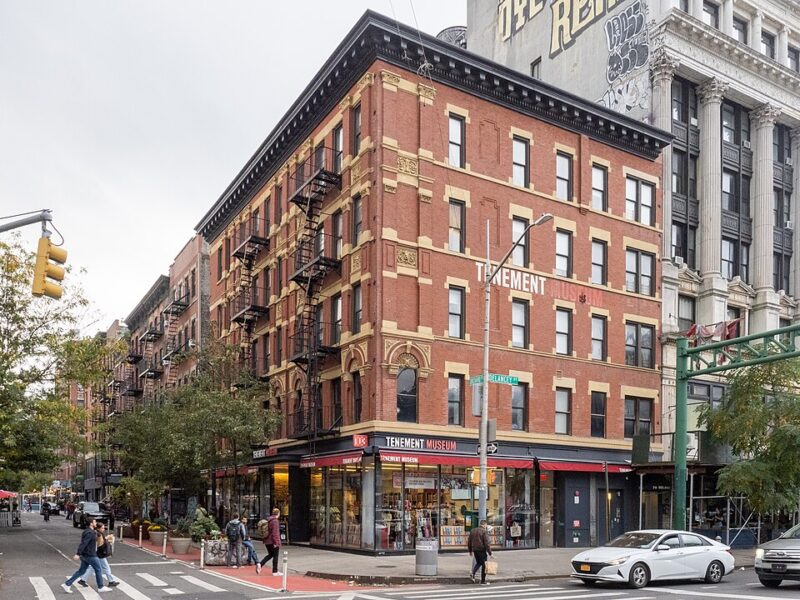
Kat Lloyd stands in the dim light on the first-floor staircase of a dilapidated, New York City tenement building. Before her: a tour of wide-eyed teens on a field trip from their high school in Queens. Their guide, Lloyd, encourages the students to imagine the building’s 22 apartments when they were new, back in 1863, and brimming with mostly German immigrants.
“I start to imagine, you know, babies crying and people yelling to each other across the hallway,” Lloyd says, laughing.
A few students close their eyes and smile.
With the nation’s 250th anniversary approaching, many teachers, parents and politicians are debating the best ways for students to learn about American history. The traditional approach, relying on the stories of the country’s leaders and focusing on its founding documents, is important, to be sure, but doesn’t capture the full spectrum of the American experience.
Lloyd is vice president of programs and interpretation at the Tenement Museum, which argues that it’s also important to go small, studying history through the lives of ordinary people. The museum explores the American experience by re-creating the apartments of real immigrant, migrant and African American families in New York City from the 1860s through the 1980s.
“Please use the banister,” Lloyd urges the students, telling them it’s her favorite part of the museum. “It’s been here since 1863, so everyone who ever lived in this building also used [it].”
Mike Agovino, the students’ history teacher, stands in the back, nodding.
“It makes the history more tangible,” he says of the museum, which he grew up loving as a native of the Bronx. “You can smell it, touch it, see it,” says Agovino, who earlier this year attended a summer training the museum held for K-12 teachers from all over the country.
Learn more about the museum.
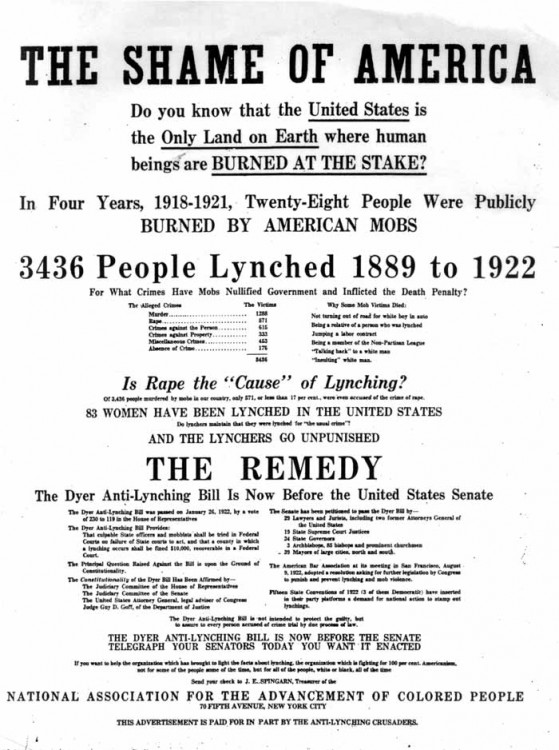
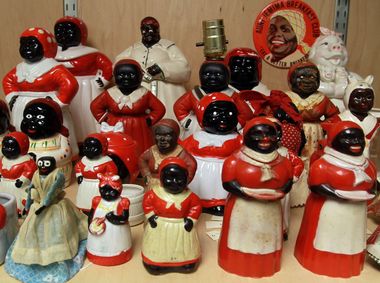
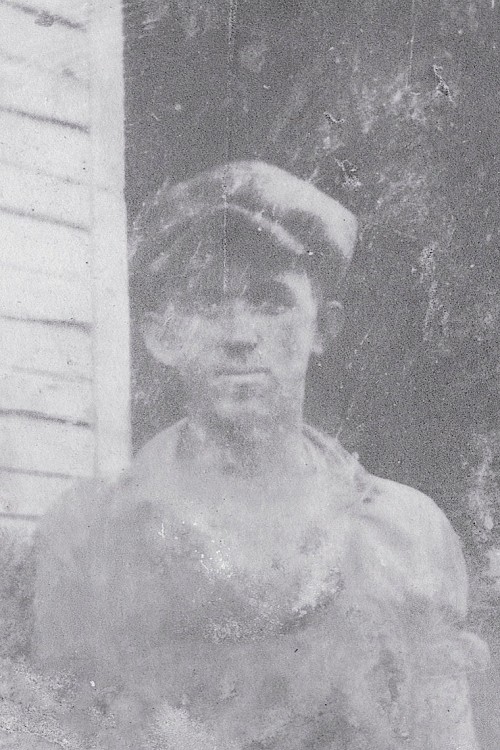
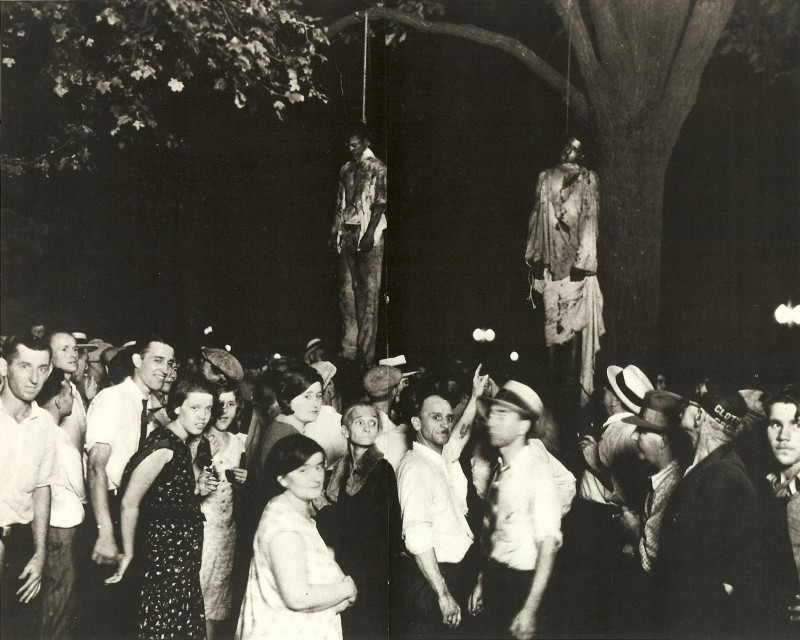
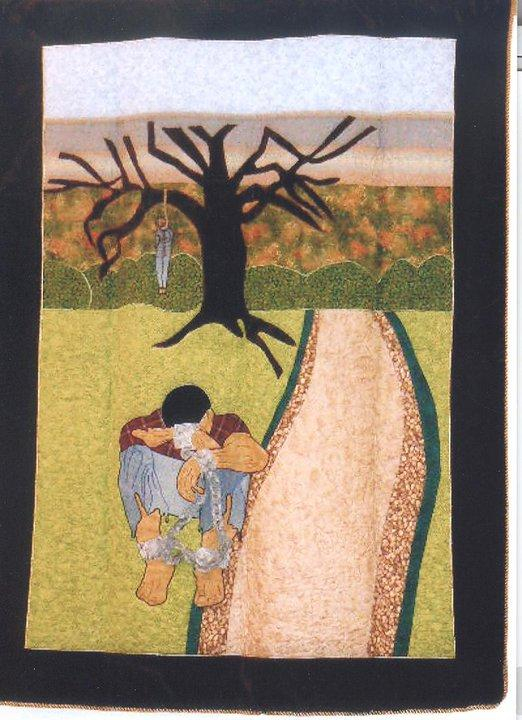
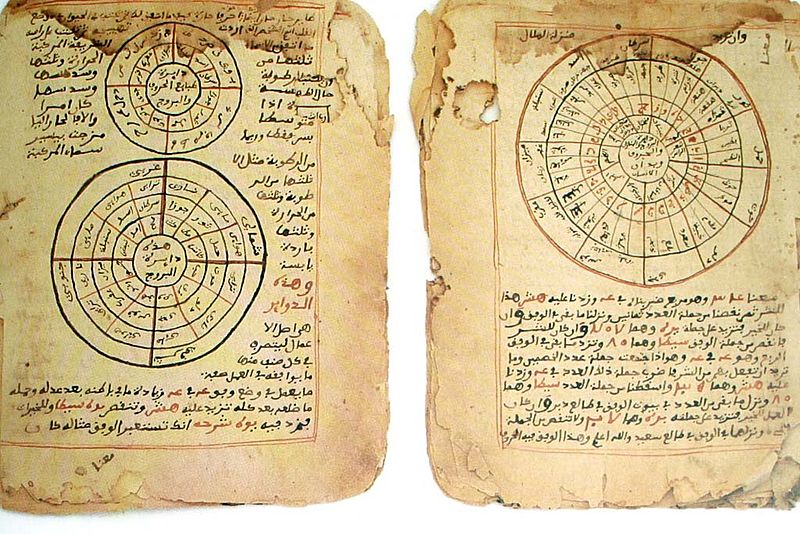
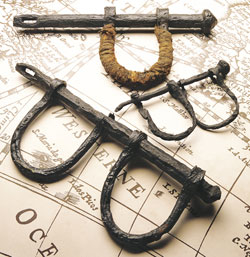


Comments Are Welcome
Note: We moderate submissions in order to create a space for meaningful dialogue, a space where museum visitors – adults and youth –– can exchange informed, thoughtful, and relevant comments that add value to our exhibits.
Racial slurs, personal attacks, obscenity, profanity, and SHOUTING do not meet the above standard. Such comments are posted in the exhibit Hateful Speech. Commercial promotions, impersonations, and incoherent comments likewise fail to meet our goals, so will not be posted. Submissions longer than 120 words will be shortened.
See our full Comments Policy here.